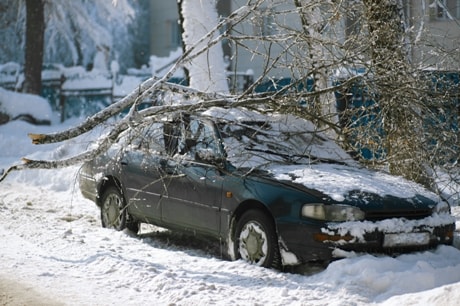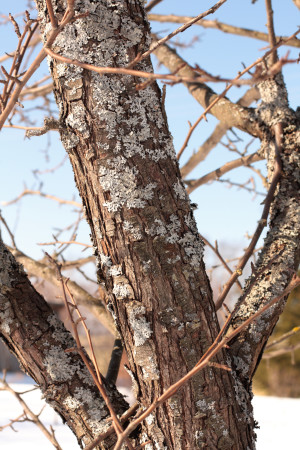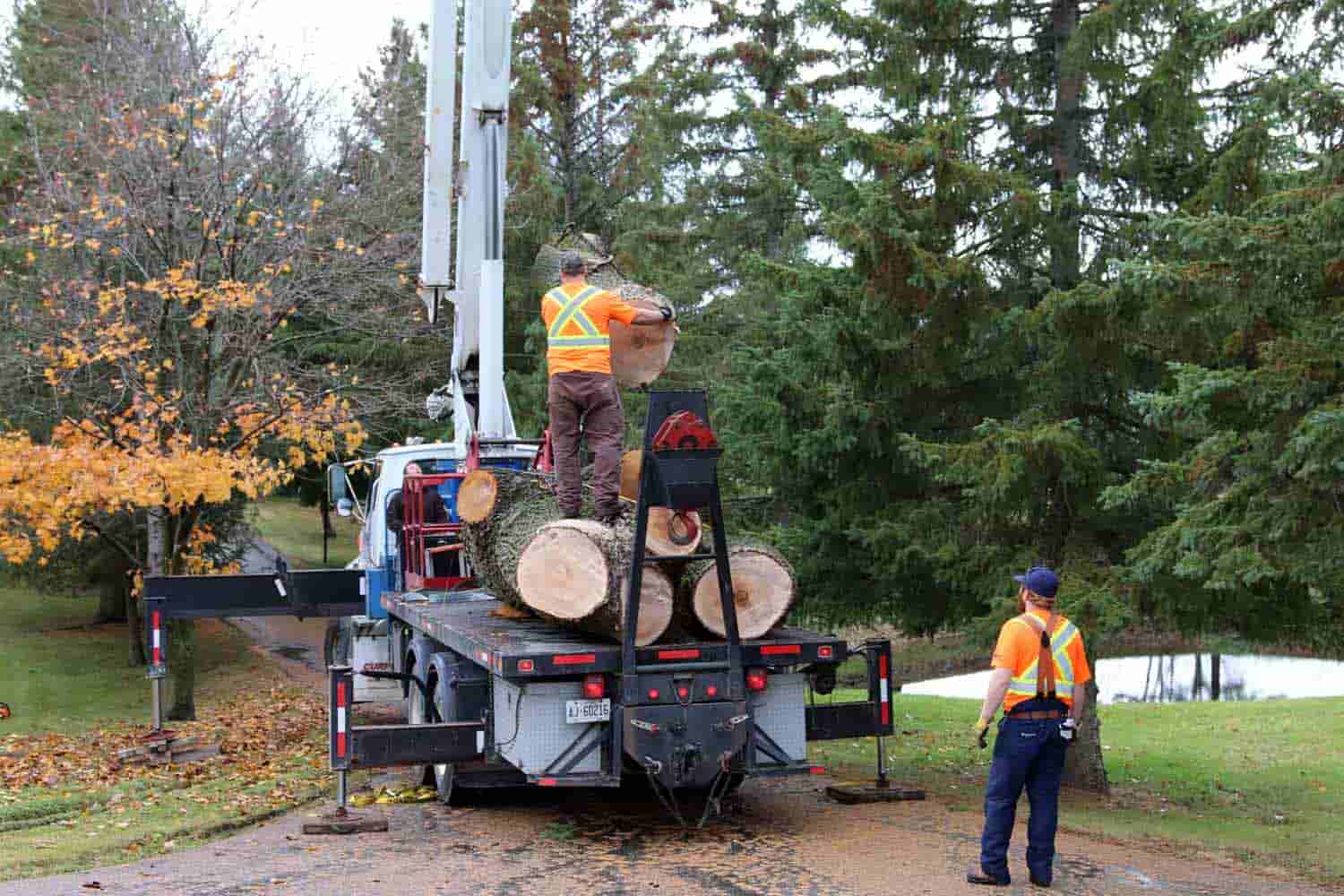
Trimming (let alone entirely removing) a tree from your property requires planning and a concern for safety. Heavy branches can easily damage your (or your neighbour’s) home, car, or person by falling at unexpected times or in the wrong direction. With advice and expertise, these risks can be averted. You may also avoid removal of the tree altogether. Learn how to take stock of the situation and determine the best and safest course of action.
When Trimming Isn’t Enough

There are several reasons you may decide to fully remove a tree from your property. It may have been severely damaged or blown over during a storm. If it’s still standing, examine the tree for signs of illness:
- Excess oozing sap
- Decaying patches
- Bad odours
- Discolored leaves
Trees that are weakened or rotting usually need to be removed but are particularly dangerous to work with. While they may appear stable and sturdy, branches or the entire trunk could give way unexpectedly, falling in unanticipated directions and impacting power lines or property. These ailments are sometimes invisible to an untrained eye.
Healthy trees growing precariously over power lines or homes may simply and safely be trimmed by a professional, rather than removed, in order to preserve the benefits of shade, erosion control and property value they provide.
Legal Concerns

In the interest of public safety, your neighborhood association, city, or province may have specific regulations for how tree removal is handled. If your tree could damage public or private property should something go wrong, you may be liable for any harm that results — and there may be fines as well. It is always best to research the legal ramifications in your area before deciding to cut a tree. Certain tree diseases may also need to be reported. A professional arborist will be aware of the laws governing your area.
Safety Issues

Tree removal requires specialized equipment to ensure your safety. Ladders are designed to lean against stable, even surfaces. They need special anchors to attach them securely to a tree. The most experienced chainsaw user is still taking a risk with the unpredictability of wind, working at precarious angles, and elevated heights. If trees or branches fall on power lines there is also a risk of fire or electrocution.
After reviewing all these concerns, it is easy to see why professional consultation with an arborist is a wise place to start when you are considering tree removal. Contact us at Great Northern ReGreenery at (905) 775-7444 today.





